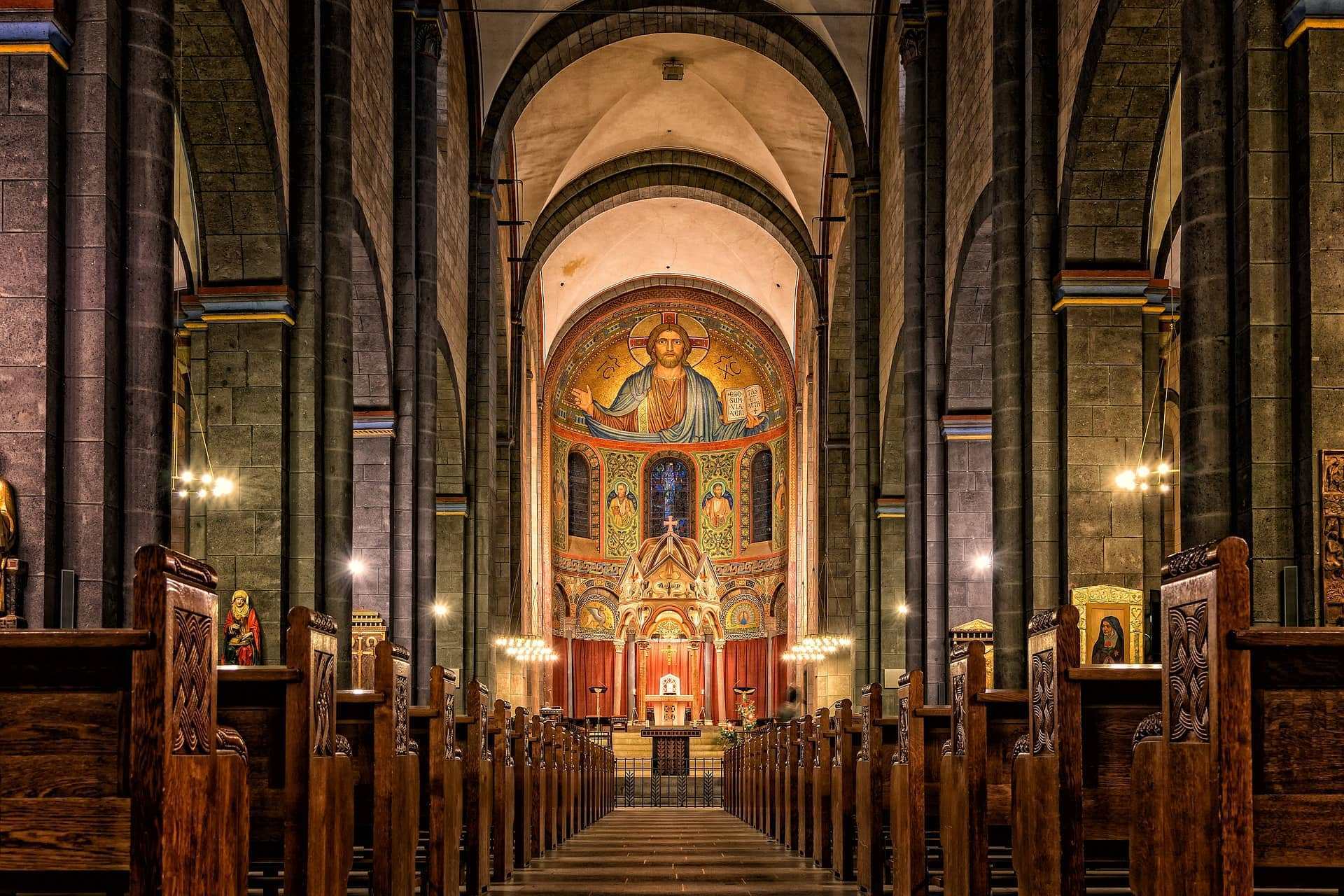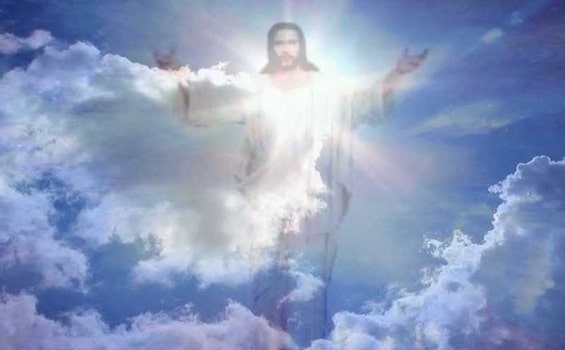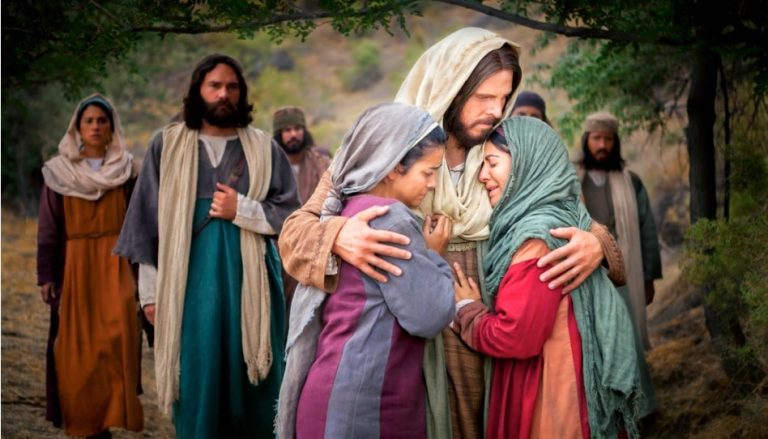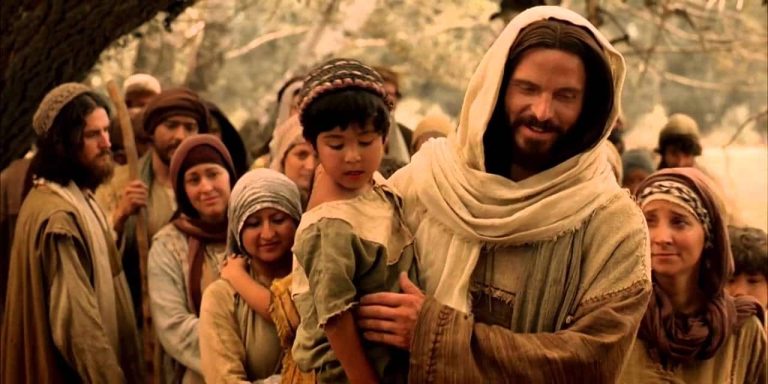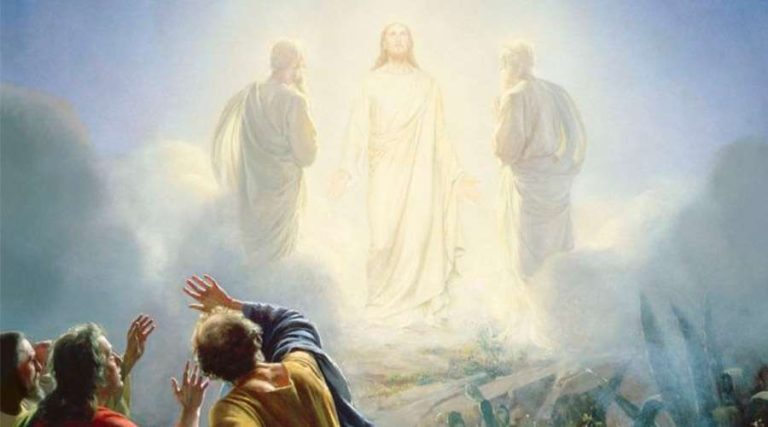Christianity in Europe: History, Expansion, Influence and More
Christianity is one of the most rehearsed religions on the planet, it is the most notable within any other religion and it is on a solid top in Europe and that is the reason why today we will talk a little bit about Christianity in Europe.
History of Christianity in Europe
The historical context of Christianity in Europe is as old as Christianity itself, that is, if we consider Jesus Christ as the first to create the Christian religion, giving rise to the expression “Christianity”.
As the Bible indicates and the narration of history reveals to us that after the death of Jesus Christ, his devotees were at the leadership of the mission that Jesus began when he came to earth to give lectures or evangelization about the uplifting and salvation news in all the land.
Christian Catholics have a lot to do with the beginning of Christianity in Europe, considering that as true Christians they affirm that the apostle who had the congregation as the servant of God, most notable on earth, was the missionary Peter.
At the time that the Church was beginning during the first few hundred years in the Roman Empire, a Christian Europe appeared which became its reasoning, organizations and culture. Surely, the belief system of Constantine in the 4th century was one of the pillars of early Europe, where the Church became the focal point of open life, while the government appeared later related to the affairs of the Church. church. (See also: Do you know who were Shepherds in the Bible, before following Jesus ?)
The truth of the matter is that a Christian reaction arose, where Christianity and culture became personally intertwined, establishing the “system of Christianity”. Other researchers and specialists in history point out that the religious impact on the development of Europe was made through the absorption of moral and religious recognition of monotheism, the reference to the beliefs of the New Testament and the commitment to strengthen the relationship of art religious was connected to places of worship and colleges.
The three sources of European culture have been the Greco-Roman philosophical and legitimate origin, the Jewish religious legacy and the heritage of Christianity, fixed in the New Testament and the figure of Jesus of Nazareth. Europe is, in this sense, the secondary effect of the fusion of three perspectives, from three social approaches: Jerusalem, Athens and Rome.
Jerusalem speaks of “monotheism”, which incorporates the Jewish Bible, Athens brings the Greek “logos”, which offer an ascent to culture and make theoretical sciences and positive humanistic theoretical advances give figure and engineering to the continent and Rome symbolizes the “ right” of the individual, epic overcoming, and political association, along with the papacy, the religious focal point of Christendom.
After the break between Byzantium and Rome in 1054, Christian Western Europe was cut off from Eastern Europe and obtains an iron state color and offers rise to a “consecrated domain” depending on the Pope where all its individuals were sanctified through the water through baptism. Later, in the 16th century, due to the change of Luther, Europe seems isolated between the Reformation and the Counter-Reformation, with philosophical debates and religious wars.
At this point, since the 16th century, three religious universes have been better positioned on planet earth: the “Latin” one, where Catholicism prevails; the “German”, affected by Protestantism, and the “Slavic”, in which various orthodox religions win, the Christian religious roots are varied and expanded, a good example of this is the Spain of the three societies.
The universe of the “new system”, conceived from the French Revolution, which is solidified with secularism, also has an interest in European development. The French Revolution exchanged the “old system” and against the assessment of the Church, created a self-government without religious dependence, the election based on popularity was forced from the eighteenth century. (See article: The power of Prayer )
That is the ordinary Christian Europe of today, whose Christian base has undergone a purging over the years. The 19th century Church, with Pius IX and Vatican I, disagreed with the advanced European world.
Regardless of the invasion of the pope and the government, the Christian trust, pure and mature, continues in many people, together with the religious enthusiasm of some Catholic, confrontational and administrative organizations, with sentimentality for Christianity which they want to influence so that the entire European society is totally manipulated from the point of view of government, society, culture and belief.
It must be taken as a primary concern that, along with the positive achievements of a positive avant-garde development in its freedom of expression, there is also the negative side of the wars of religion, the mistreatment of governments and the evil deeds of tyrannies.
It has been a wealth for Europe, not only for the Catholic Church, the Second Vatican Council, for the recognition of the movement that promotes that all churches be Christian, the discourse between religions, religious opportunities and the commitment to harmony, remains in the perfect world they pose and expectation.
In this way, it is worth remembering the Christian foundations of Europe with respect to following its constitution as an extraordinary and common, multicultural and multiethnic plural State, which promotes the disconnection between Western power and Arab nations, working for harmony between Jews. and Palestinians.
Expansion
Constantine I, emperor of Rome, was the person who, through the Edict of Milan, declared in the year 313 that he rejected the abuse of Christians. In general, what he established was that, in the Roman Empire, individuals could try any religion without being bothered by Roman soldiers.
In this way, the abuse of Christians stopped and they had the option to practice without inhibitions their love and belief in Jesus and God. Despite this, Christianity was not the official religion of the Roman Empire, however, little by little Christians spread throughout the kingdom. (See Article: The power of early morning prayer )
The one who made Christianity an official religion of the kingdom was Emperor Theodosius, this happened in the year 380 after Christ, that is, more than 60 years after the Edict of Milan was authorized in the year 313, this is the reason why which Christianity increased significantly compared to previous years.
Mainly, the Roman Christians began to be people of good social position, who combined the Christian religion over others that were considered inappropriate. Steadily, the chapels or their delegates began to meet and developed as a similar religion and followed the model of common Roman organization.
That is to say, they made territories directed by an ecclesiastical supervisor, they were separated into bishoprics represented by a diocesan. Different individuals who searched for a real existence of petition and holiness began to make little special areas where they loved God.
Germanic people groups in the 5th century began attacking the domains of the Western Roman Empire, and despite how they had their own convictions and divine beings, as time went on and gratitude to the churches and evangelizers of the time, numerous Germanics became Christians.
Despite having a conflict of societies and races, there was also the feeling of being from another world, considering that the Germans had their own convictions and the Romans had faith in a God, creator of everything and who came to die on the cross for U.S.
With the Germanic shift to Christianity, it could be said that Christianity in Europe was united, even though when the Muslim leaders raided the Roman regions, they asked the Germanic for help in finishing off the Europeans and they heeded the call.
Pope Leo the third, in the year 800, had the activity of making a kingdom as incredible as the Roman one, but all under the idea of Christian trust, that is, with Christianity as an official religion. Be that as it may, that little domain did not last long. (See Article: psalm 91 of the bible a night prayer )
After 162 years, the main circumstances occur that would offer the ascent to what was the Holy Roman Empire, since when the Muslims began their victory battles, compromising the Roman and Christian lands, Pope John XII requested help from the Germans who and they went to her.
At that time, in the year 962, the pope delegated Otto the First as ruler and thus the Holy Roman Empire was brought into the world, whose objective was to protect itself from the attacks of Muslim adversaries and join the intensity of the congregation, with the political capacity to deal with the problems that plagued the kingdom and since then, with military and ecclesiastical power at hand, Christianity was maintained and spread throughout Europe.
Influence
Despite the fact that it might seem untrue, a great deal of Christianity was created in Europe and spread from that point to the rest of the world, that is, in the single remaining century and before, there could not have been Christian Europe, however, seems to have struggled and chosen to go their separate ways, after a century. (See Article: Psalm 91 a prayer for protection and mental and physical healing )
Christian politics considered as its first function to help the people to achieve eternal life through religious institutions with evangelization activities. These managed to be founded thanks to large donations from around the world.
Gregorian chant was the highest expression of Christian music and was spread throughout the world in order for Europe to recover from the Seljuk Turks, the scenes of the life of Christ (the Holy Places) became great crossroads.
The Popes granted spiritual graces to those who participated, there were eight popes in total, between the 11th and 13th centuries and thanks to the crusades it was possible to recover Jerusalem, Bethlehem, Nazareth and Antioch and that is why, between the 10th and 12th centuries, with the appearance of two great orders, Cluni and Cister.
It was the rupture between the Roman empires of East and West, the Eastern Schism was consummated in 1054 and the causes of this rupture were: The cult of images, The mystery of the Holy Trinity (in the East the Holy Spirit came only from the Father and in the Church of Rome it proceeded from the Father and the Son and The patriarchs of Constantinople did not want to be subject to the authority of the pope.
In Europe, the tombs of San Pedro in Rome and Santiago el Mayor in Compostela created a stream of pilgrims who, with their faith, made the difficult path and turned it into a very important means of religious and cultural transmission, they were routes traveled by the faithful as a means of personal sanctification or expiation of sins and the main roads reached the Holy Land.
After the coronation of Carlo Magno in the year 800, Christianity was made up of peoples united by faith and governed by 2 authorities: the spiritual, with the Pope, and the temporal, with the emperor. (See also: Baby Protection Prayer )
The feudal era was one of great contrasts, rural society was subjected to feudal lords, the popes fought to eliminate the vices that society suffered from, such as: simony: purchase-sale of ecclesiastical offices, lay investiture: provision of ecclesiastical positions on the part of nobles and feudal lords, the little exemplarity of the clergy.
The feudal system also affected the monasteries since the great lords took possession of them, in fact, at the beginning of the 10th century, it was difficult to find monks in the West who led a true religious life.
In all those years, through painting and sculpture, the people, who were illiterate and did not have access to sacred texts, were instructed and after the death of Charlemagne, feudalism arose. This was a contract by which the king and the great lords protected their vassals in exchange for a tribute, money, work or kind and due to the feudal system, the ecclesiastical situation gradually deteriorated and the feudal lords interfered in its operation and institutions.
The artists used a naturalistic, flat and frontal language with an abundance of symbols. Romanesque art was a profound renewal of the Church, which aspired to the establishment in society of a life in accordance with the Gospel and due to pilgrimages, a new style emerged that combined Western and Eastern elements.
The number of Christians has dramatically decreased centuries later, in contrast to the main continental lands of the planet, it is assessed that Europe centuries later will be a land mass with no majority religion and perhaps a minority of Christian followers.
Young people have lost enthusiasm for religious topics and as the studies indicate, the majority of young people between the ages of 16 and 26 have declared themselves incredulous or skeptical. In the UK and the Netherlands, the level of Christians is less than half, with only 10% of them and 30% of the entire European continent.
How did Christianity arise in Europe?
In the 380s after Christ, the emperor Theodosius, of Hispanic origin, asked Christianity to be the main religious authority of the kingdom, in the western part of the European Empire, Christianity quickly flourished in the Roman city, the congregation of Rome quickly had a large number of individuals.
The Church followed the model of the Roman common organization: it made areas, managed by an ecclesiastical or metropolitan supervisor, the regions were isolated in seats, which were administered by a bishop to whom the fathers of each parish passed their work that they carried out in the community where they were.
In the year 800, Pope Leo the third, tried to modify a kingdom like the Roman under the indication of the Christian trust, but his duration was short.
Some time later, before the development of Islam, Pope John XII approached the Germans for help and in 962, he delegated the emperor to Otto I, thus the Holy Roman Empire was conceived, whose ability was to join the political power and the Church.
Christianity in Europe arose due to the development of the Roman Empire, which upon reaching the holy grounds, their societies and convictions merged with those of the Christians and despite the fact that the Romans who attacked the Christians eventually changed to Christianity and in this way it spread through the European domains ordered by the Romans. (See also: Job Protection Prayer )

Hello! Let me enthusiastically introduce myself as a dedicated blogger fueled by an intense passion for meticulously crafting insightful and well-researched blogs. My mission revolves around providing you, dear readers, with a veritable treasure trove of invaluable information.

